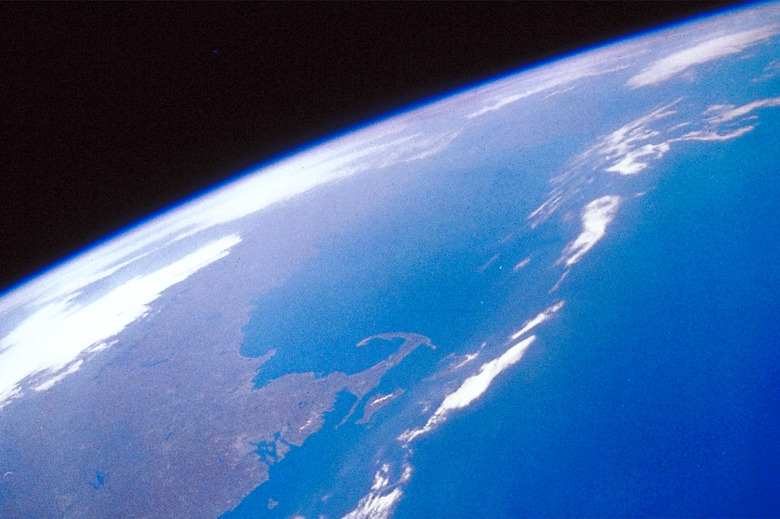What Is The Function Of The Earth's Core?
The Earth's core comprises a solid inner core and liquid outer core, both made mostly of iron. Outside of these parts are the mantle, then the crust on which we live. Earth scientists have theorized that the Earth's core is responsible for the planet's magnetic field as well as plate tectonics.
Inner Core
Inner Core
The inner core of the Earth has a radius of a little more than 1,200 kilometers. It comprises solid iron and nickel alloy along with one lighter element — likely oxygen. The inner core has been cooling down ever since the Earth formed, but its temperature is still similar to that on the surface of the Sun. Due to its temperature, the iron it contains cannot become magnetized.
Outer Core
Outer Core
The outer core is about 2,200 kilometers thick and is made of liquid iron and nickel alloy. It has a cooler temperature than that of the inner core, ranging from 4,400 degrees Celsius in the part nearest to the mantel to 6,100 degrees Celsius in the part nearest to the inner core. The outer core's mobility allows it to generate electrical currents.
Magnetic Field
Magnetic Field
The Earth's magnetic field does not result from the solid iron inner core but from currents generated in the liquid outer core that stem from a phenomenon known as the "dynamo effect." The rotation of the Earth helps create this effect by generating these currents, as do free electrons released from the metals in the liquid core. This combination of free electrons, liquid outer core and a high rate of rotation play an essential role in the creation of the magnetic field. The strength of the magnetic field depends on all three factors.
Earthquakes
Earthquakes
When an earthquake occurs, it transmits seismic waves from the focus of the earthquake through the Earth. Seismic waves do not pass through the inner core. However, the outer core does transmit seismic waves. Two types of seismic waves exist: compressional, or primary (P), waves and shear, or secondary (S), waves. When either of these types of waves passes through the outer core, they become compressed and slow down considerably. Because of the change in properties, the waves are called K waves when they enter the core. When the waves reach the surface again, they can help scientists determine where the earthquake originated.
Cite This Article
MLA
Woodhouse, Emma. "What Is The Function Of The Earth's Core?" sciencing.com, https://www.sciencing.com/function-earths-core-8782098/. 24 April 2017.
APA
Woodhouse, Emma. (2017, April 24). What Is The Function Of The Earth's Core?. sciencing.com. Retrieved from https://www.sciencing.com/function-earths-core-8782098/
Chicago
Woodhouse, Emma. What Is The Function Of The Earth's Core? last modified March 24, 2022. https://www.sciencing.com/function-earths-core-8782098/
